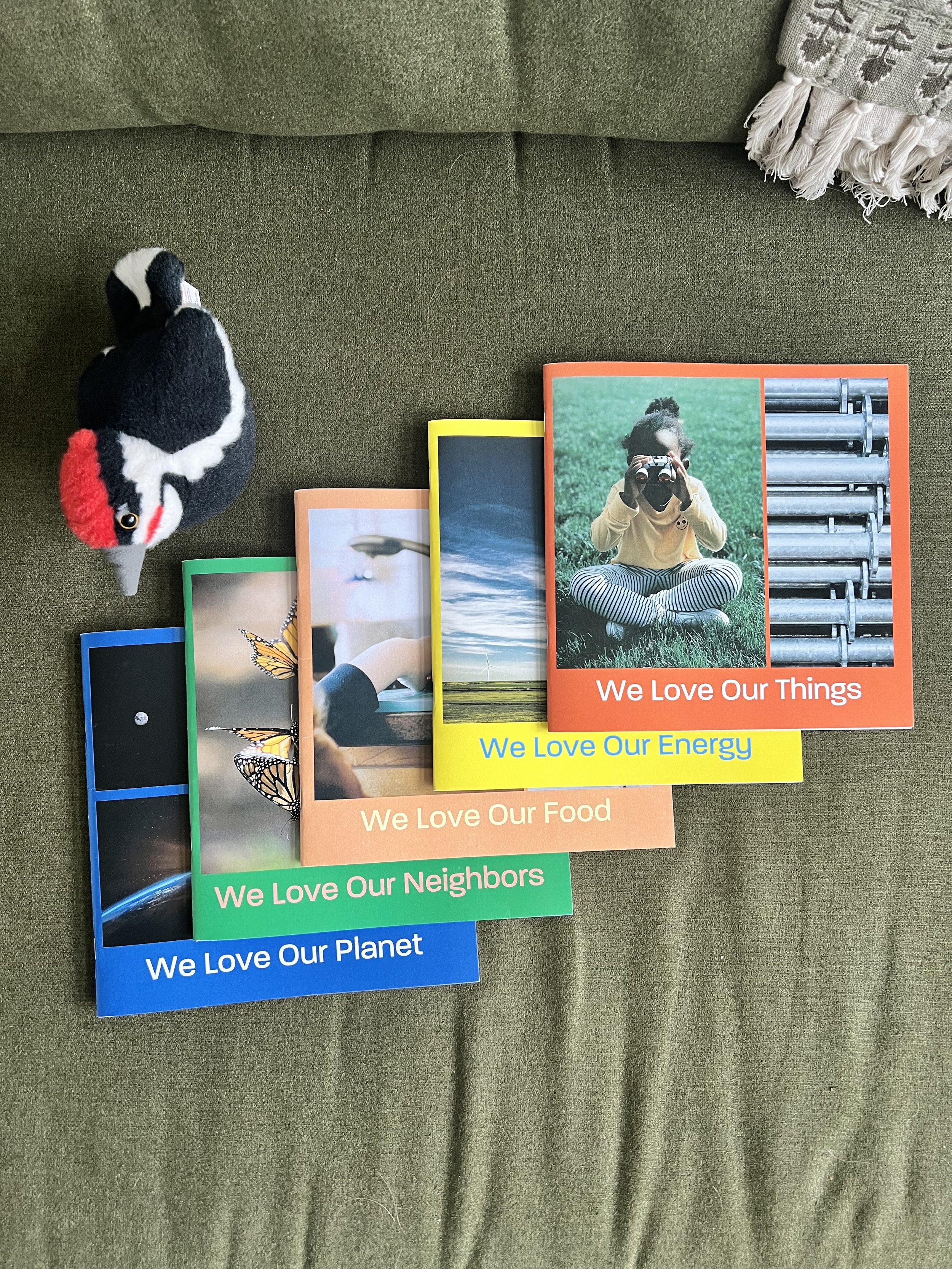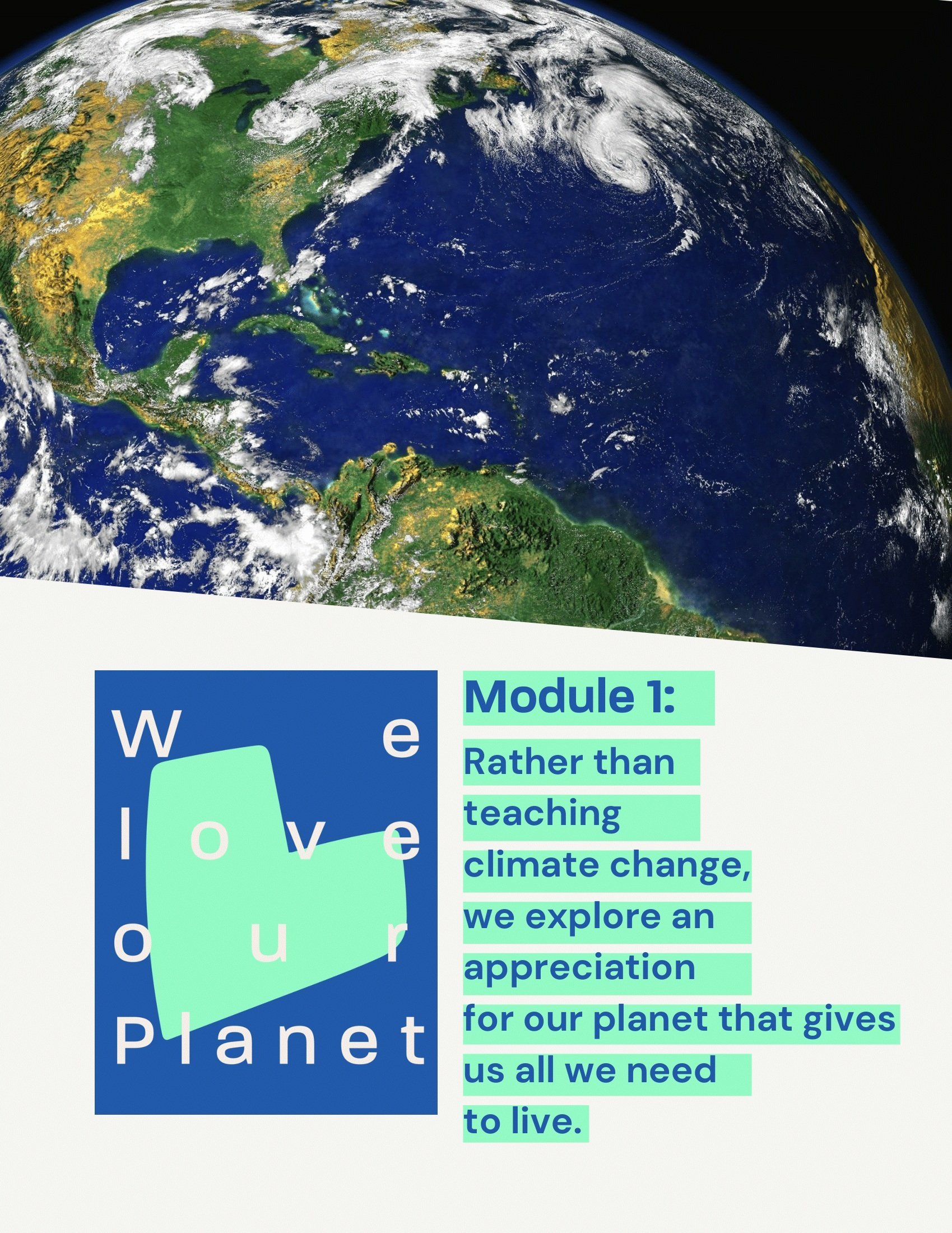We can create new educational infrastructure.
While most preschool children cannot use letters to spell words, some are tracing letters, some are organizing letters to spell their name, some are singing their ABCs. Now, imagine a child entering first grade with no familiarity with letters. How might that child feel at school or how might that child interact with their peers? It is possible that the child would fall behind academically, not engage as much socially, and could significantly lack a means to express themselves and their talents.
Similar to how language starts with an understanding that letters exist, we can give children the understanding that planetary systems, ecological relationships, and production cycles exist. What they do with that information is far less important than knowing that information is out there.
At this early stage of academia, environmental education can be seen as an educational infrastructure. In the years to come, children will be met with the complexity of natural and humanitarian challenges, opportunities to act, and a deeper understanding of their impact and that of their peers, but at this formative age, environmental education is successful solely as introduction and observation
The Earth Friends Program can set the foundation for the years to come.











